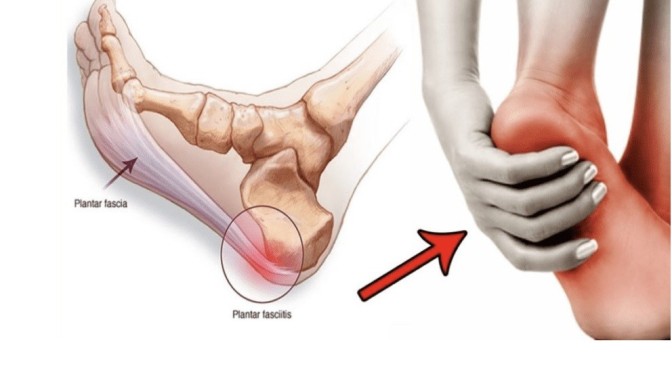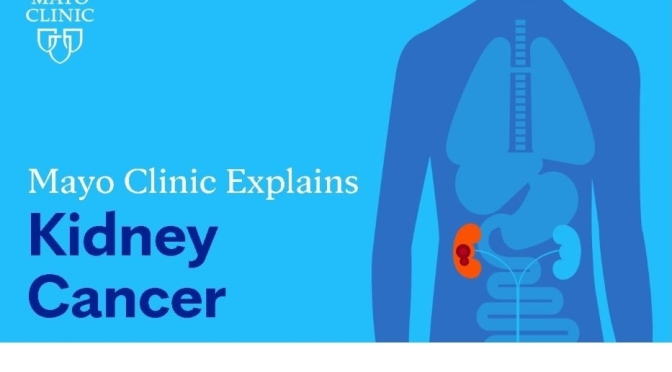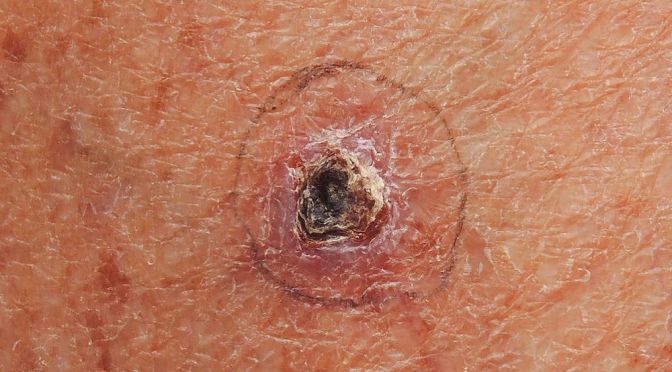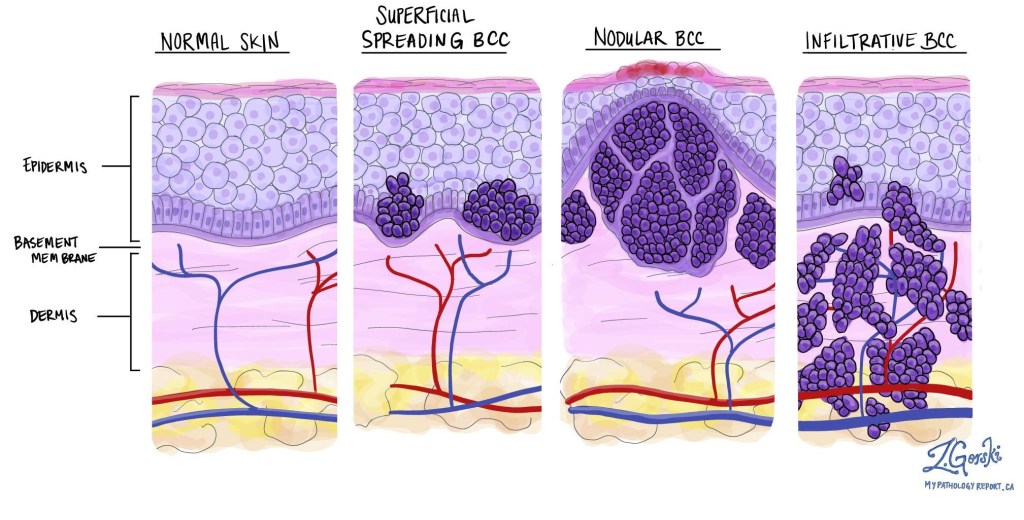Learning about hypertension can be intimidating. Leslie Thomas M.D., a nephrologist at Mayo Clinic, walks you through the facts, the questions, and the answers to help you better understand this condition.
Video timeline: 0:00 Introduction 0:39 What is hypertension? 1:13 Who gets hypertension? / Risk factors 2:18 Symptoms of hypertension 2:36 How is hypertension diagnosed? 3:14 Treatment options 3:51 Coping methods/ What now? 4:05 Ending
COMMENTARY:
Hypertension is an elevation of the blood pressure in the arteries. It is measured conventionally by blood pressure cuffs, although a catheter in the artery is more accurate. I’ve had my blood pressure taken countless numbers of times by nurses and doctors who sometimes put the cuff on my arm through a piece of clothing, making it less accurate. Sometimes it is taken by an automatic blood pressure cuff even in the doctors office. The automated cuff can be purchased for $20 or less for you to use it at home, but it’s accuracy is questionable when you have an irregular heartbeat with atrial fibrillation such as I do.
The blood pressure reading which is considered to be normal Is dropping. In the present video, following 2017 guidelines , they state that a systolic reading of more than 120 mmHg is elevated, and anything more than 130 is hypertension. It may be true that studies have been done to show that these slight elevations cause problems, but so can the drugs that are used to lower blood pressure; a cough can be caused by ACE inhibitors. Fatigue and fainting can be caused by an excessive dosage of any blood pressure medication.
Healthy diet, especially avoiding extra salt, Regular exercise and good sleep will go a long way towards keeping your blood pressure at 120 or below on the high reading (systolic), and 80 on the low reading (diastolic).
My systolic blood pressure varies between 120 and 140 systolic, and is usually around 60 diastolic. For a long time I thought the relatively low (diastolic) blood pressure was more important, since diastole is of greater duration than systole, but it has now been determined that the systolic blood pressure reading is the one to worry about. Calcification and lack of elasticities in the arteries as you get older can lead to higher systolic blood pressure.
It used to be thought that the normal systolic blood pressure was 100+ your age in years. Those days are gone, however, and greater life expectancy and health Is one result of carefully monitoring your blood pressure, and working hard to keep it down.
Please refer to the Mayo Clinic article to give you (much) more information.
—Dr. C.







